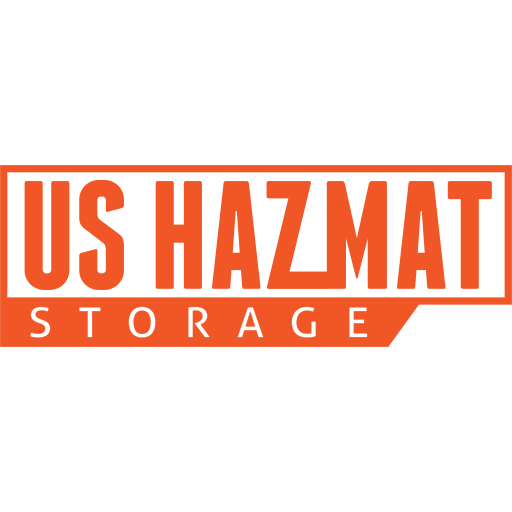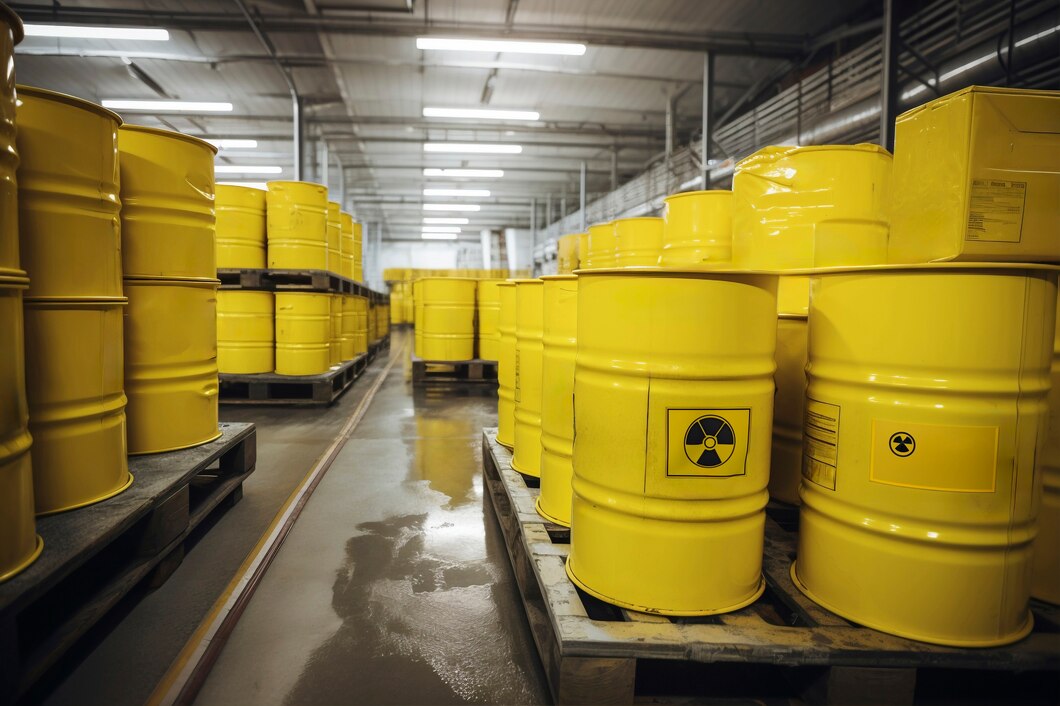Aqueous and flammable waste pertains to any flammable chemicals containing insoluble water mixtures that pose an immediate ignition and flashover risk. Common examples of aqueous and flammable waste include, diesel, petroleum products, hydrocarbons, paint thinner, and ethanol containing water. Chemical solutions containing heavy metals or RCRA regulated toxic chemicals also meet this waste criterion. While conventional wisdom suggests that diluting water would render flammable products inert, these mixtures pose significant environmental and employee risks that require compliant chemical storage management and disposal.
Many companies are oblivious to hazardous waste protocols and its onsite prevalence as byproduct chemicals become an afterthought while managing precursor solutions. Any byproduct or residual chemical carrying ignitability, corrosivity, reactivity, and toxicity characteristics meet the hazardous waste designation. Consulting inventory Material Safety Data Sheets could also provide insights into host chemicals producing hazardous waste necessitating compliant storage and disposal. While ignorance of the law never mitigates egregious waste management effects, our knowledgeable building advisors can evaluate your site’s hazardous disposal practices while suggesting viable chemical storage solutions for maximum compliance and efficiency.

What is the RCRA?
The Resource Conservation and Recovery Act of 1976 was a landmark environmental law protecting vulnerable ecosystems and human health by properly addressing growing hazardous waste volumes through corrective and punitive measures. Moreover, the act granted authority to the EPA to control hazardous waste from “cradle-to-the-grave,” placing negligent companies under increasing scrutiny and oversight. The RCRA also developed guidelines for disposing dangerous chemicals, including aqueous and flammable waste. The act’s fine print referenced comprehensive permitting for hazardous waste products and corrective actions for release. Subtitle D of the act outlaws open dumping and landfill designation and maintenance. Chemical handlers that wantonly skirt the federally compliant treatment, storage, and disposal of hazardous waste are subject to a daily recurring $50,000 fine per violation.
How to Properly Store and Dispose Aqueous and Flammable Waste
Workers and inventory handlers should never pour aqueous and flammable waste solutions down sinks or storm drains, or in external receptors compromised by breaches near streams or waterways. Companies should store wall flammable waste byproducts separate from other chemicals, including those not hazardous. Furthermore, proper chemical labeling prevents inadvertently storing hazardous waste in uncontrolled environments or with incompatible materials. Employees should also store aqueous and flammable waste in steel drums, IBC totes, or high-density plastic containers. Onsite hazardous waste storage is a temporary stopgap until a contracted hazardous waste management company can remove dangerous contents from manufacturing facilities. Our fire-rated chemical storage lockers provide compliant, transitional, and remedial hazardous waste storage until safe extraction. Wide-swinging or roll-up doors allow the easy storage and removal of hazardous waste without compromising employees or daily operations.


